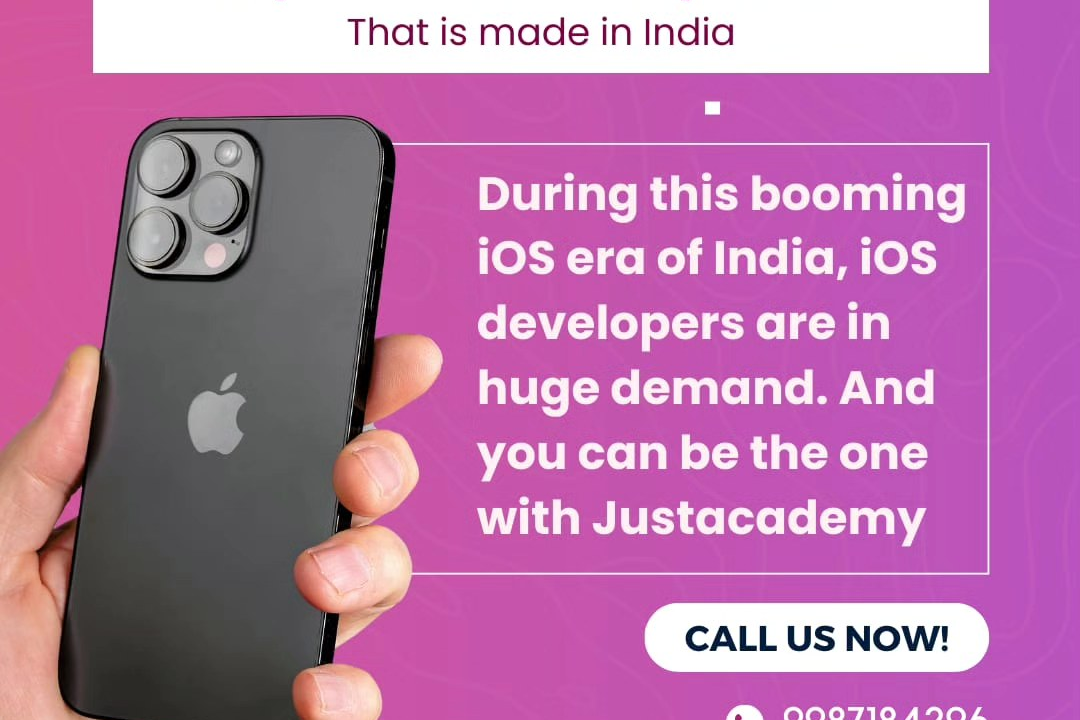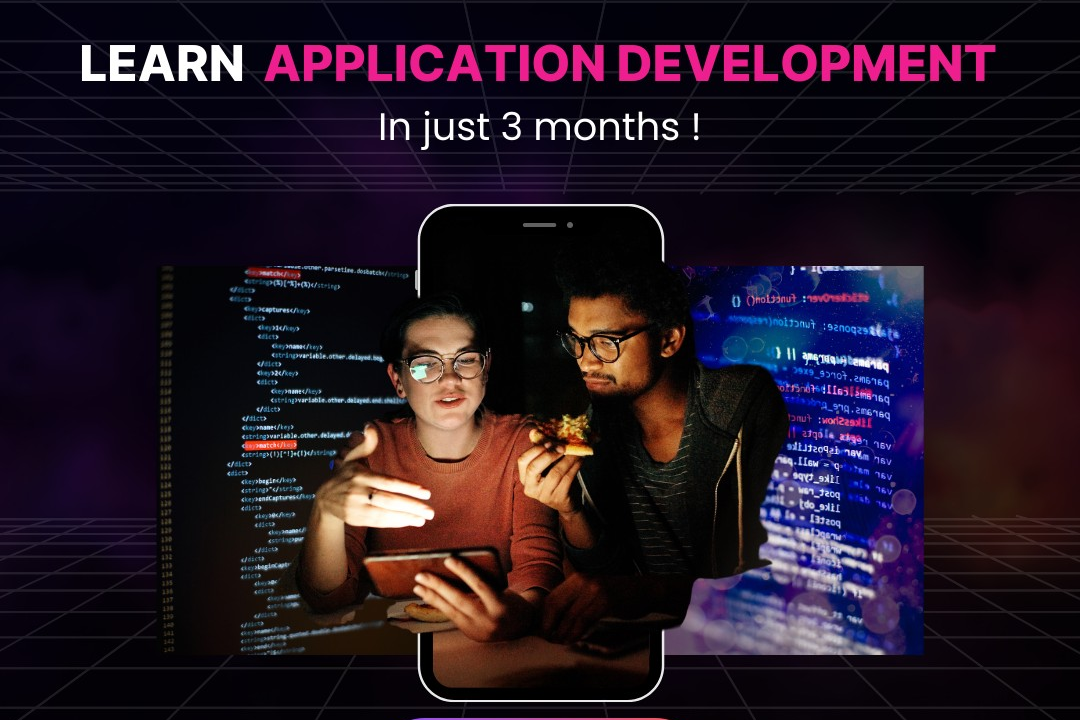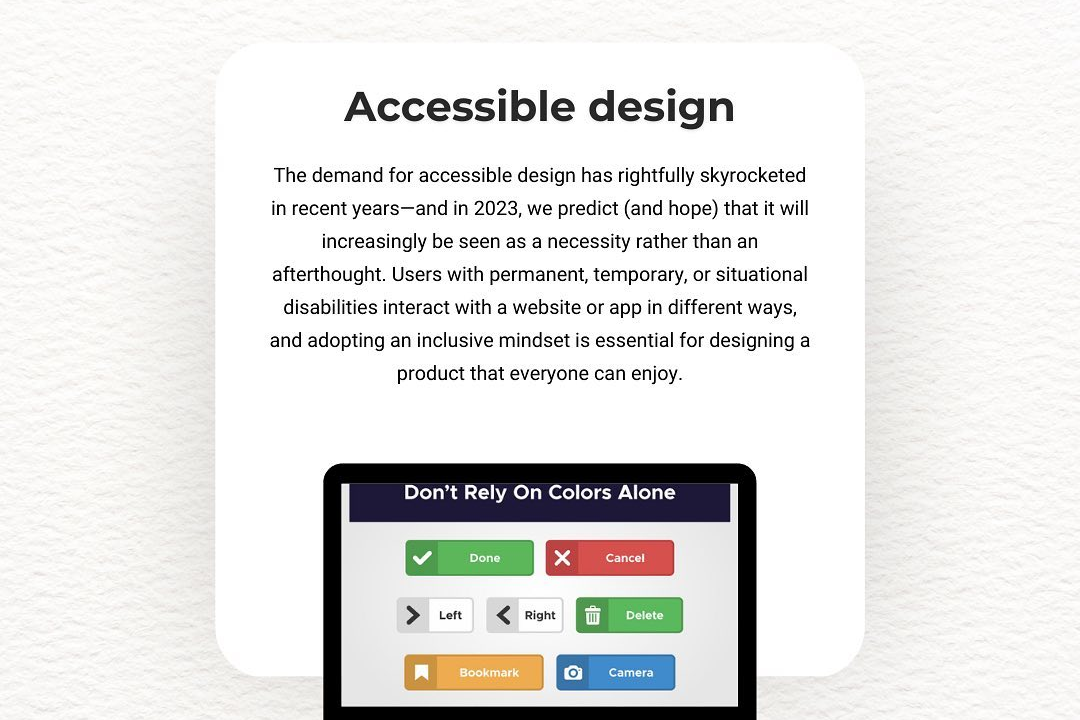SharedPreferences
Mastering SharedPreferences in Android Development
SharedPreferences
SharedPreferences is a powerful feature in Android that allows developers to store small amounts of simple data in key-value pairs. This lightweight storage solution is particularly useful for saving user preferences or application settings, as it provides a straightforward way to retrieve and manipulate data even after the application is closed. Its ease of use, combined with the ability to maintain data persistently across app sessions, makes SharedPreferences an essential tool for enhancing user experience by personalizing app functionality and retaining information such as user login credentials or app configurations.
To Download Our Brochure: https://www.justacademy.co/download-brochure-for-free
Message us for more information: +91 9987184296
1 - SharedPreferences is a lightweight data storage option in Android, enabling the saving of small amounts of data. 2) It stores data in key value pairs, which makes it easy to retrieve specific values using their associated keys. 3) SharedPreferences is ideal for saving user preferences, such as UI settings, themes, or language choices. 4) The data persists even after the app is closed, allowing for a seamless user experience when reopening the application. 5) It supports various data types, including Strings, Integers, Booleans, and Floats. 6) The data is stored in XML format within the app’s internal storage, ensuring that it remains private to the app. 7) Developers can access SharedPreferences through the Context class, using methods like `getSharedPreferences()` or `getPreferences()`. 8) The API provides three main methods: `getString()`, `getInt()`, and `getBoolean()`, to fetch data of respective types. 9) To save data, developers utilize the `edit()` method to create a SharedPreferences.Editor object, followed by methods like `putString()`, `putInt()`, and `putBoolean()`. 10) After making changes, calling `apply()` or `commit()` is necessary to save data, with `apply()` being asynchronous for better performance. 11 - It is straightforward to remove specific entries using the `remove()` method or clear all data with `clear()`. 12) SharedPreferences can be categorized into two types: MODE_PRIVATE (default) for private data, and other modes like MODE_WORLD_READABLE (deprecated) for sharing with other applications. 13) It is often used in conjunction with UI components to enhance the app's interactivity by storing user choices. 14) SharedPreferences is suitable for lightweight data and should not be used for large datasets or complex objects. 15) Because of its simplicity, it is one of the first data storage methods Android developers learn when creating applications.
Here are additional points to expand on the topic of SharedPreferences in Android:
16) SharedPreferences allows developers to manage data efficiently without the need for a complex database setup, making it perfect for beginners.
17) It provides a simple and fast way to store application settings or small datasets, significantly reducing development time for features that require user preference management.
18) SharedPreferences is thread safe, meaning multiple threads can access it simultaneously without issues, ensuring data integrity in concurrent situations.
19) Developers can create multiple SharedPreferences files in the same application to manage different sets of data, using unique names for each file.
20) The `getAll()` method retrieves all key value pairs from SharedPreferences, making it easy to obtain a complete list of stored preferences.
21 - Data stored in SharedPreferences is persistent, meaning user settings will be retained even after the device is restarted or the app is reinstalled (if not cleared).
22) It is also possible to listen for changes in SharedPreferences using the `OnSharedPreferenceChangeListener`, allowing apps to react to user preference updates in real time.
23) For complex data structures, developers can consider using JSON strings to serialize and deserialize data, enabling the storage of more intricate information within a simple key value format.
24) While SharedPreferences is excellent for small scale data, using it for sensitive information should be approached cautiously, and developers should consider securing such data through encryption techniques if needed.
25) SharedPreferences can be accessed within different components of an application, such as Activities, Services, and Fragments, promoting a consistent user experience across the app.
26) When dealing with large amounts of data, developers are encouraged to opt for more robust data storage solutions, such as SQLite databases or Room Persistence Library.
27) The default mode for SharedPreferences, MODE_PRIVATE, ensures that only the application itself can access the stored data, enhancing security.
28) SharedPreferences is widely utilized in mobile applications for functionalities like remembering user login sessions, tracking user progress, and saving app state information.
29) It is possible to segment user preferences into categories for better organization, making it easier to manage various settings related to different app functionalities.
30) SharedPreferences can be easily integrated with dependency injection frameworks, improving testability and maintainability of the codebase.
31 - As mobile applications grow in complexity, SharedPreferences works well in conjunction with other storage solutions, allowing developers to leverage the strengths of each method.
32) Extensive documentation and community support are available for SharedPreferences, making it easier for developers to troubleshoot and implement best practices.
33) Best practices include minimizing reads/writes to SharedPreferences to improve app performance and maintaining clear naming conventions for keys to avoid conflicts.
34) Developers should always test SharedPreferences functionality on different devices and Android versions to ensure compatibility and consistent behavior across the board.
35) Debugging SharedPreferences can be facilitated using Android Studio's Device File Explorer, which allows developers to view and manage the XML files where SharedPreferences data is stored.
Each of these points helps outline the utility, capabilities, and best practices associated with using SharedPreferences in Android development, making it a valuable aspect of app creation.
Course Overview
The ‘SharedPreferences’ course offered by JustAcademy provides an in-depth understanding of how to effectively use SharedPreferences in Android applications for storing and retrieving user preferences and application settings. Participants will explore the fundamental concepts, learn best practices, and gain hands-on experience through real-time projects that demonstrate the implementation of SharedPreferences for seamless data management. This course is designed for both beginners and experienced developers looking to enhance their mobile development skills by utilizing this essential feature for efficient data storage. Engaging lessons and practical exercises will ensure that learners can apply their knowledge immediately in real-world scenarios, paving the way for more responsive and user-friendly Android applications.
Course Description
The ‘SharedPreferences’ course at JustAcademy is designed to equip learners with the essential skills to manage user preferences and application settings in Android applications. Through a combination of theoretical insights and practical projects, participants will explore the core functionalities of SharedPreferences, including data storage, retrieval, and best practices for implementation. By the end of the course, learners will have a comprehensive understanding of how to enhance their applications' user experience through efficient data handling, making it an ideal choice for both beginners and seasoned developers.
Key Features
1 - Comprehensive Tool Coverage: Provides hands-on training with a range of industry-standard testing tools, including Selenium, JIRA, LoadRunner, and TestRail.
2) Practical Exercises: Features real-world exercises and case studies to apply tools in various testing scenarios.
3) Interactive Learning: Includes interactive sessions with industry experts for personalized feedback and guidance.
4) Detailed Tutorials: Offers extensive tutorials and documentation on tool functionalities and best practices.
5) Advanced Techniques: Covers both fundamental and advanced techniques for using testing tools effectively.
6) Data Visualization: Integrates tools for visualizing test metrics and results, enhancing data interpretation and decision-making.
7) Tool Integration: Teaches how to integrate testing tools into the software development lifecycle for streamlined workflows.
8) Project-Based Learning: Focuses on project-based learning to build practical skills and create a portfolio of completed tasks.
9) Career Support: Provides resources and support for applying learned skills to real-world job scenarios, including resume building and interview preparation.
10) Up-to-Date Content: Ensures that course materials reflect the latest industry standards and tool updates.
Benefits of taking our course
Functional Tools
1 - Android Studio: Android Studio serves as the primary integrated development environment (IDE) for all Android app development, including the implementation of SharedPreferences. In this course, students will learn to use Android Studio’s robust features, such as code completion, debugging tools, and layout editors, to create and manage Android projects efficiently. With its easy integration of various Android libraries and tools, Android Studio allows learners to focus on building functional applications while understanding how to effectively store user preferences.
2) Android Emulator: The Android Emulator simulates Android devices on a computer, enabling students to test their applications in a virtual environment. During the course, students will use the emulator to see how SharedPreferences work in real time and how changes in data affect user experience. This hands on practice in a controlled setting allows learners to understand the impact of variable data storage on application behavior and provides a safe environment to experiment without needing physical devices.
3) Android SDK (Software Development Kit): The Android SDK provides essential tools and libraries for developing Android applications, including those that use SharedPreferences. This course offers an in depth exploration of specific SDK components that facilitate the implementation of SharedPreferences. By understanding the SDK declarations and permissions needed, students will be empowered to harness the full capabilities of the SharedPreferences API, including object serialization and data persistence techniques.
4) Java or Kotlin Programming Languages: Depending on the course focus, students will use either Java or Kotlin to implement SharedPreferences in their applications. The course covers key programming constructs, syntax, and conventions within these languages that are relevant to data storage practices. Learners will engage with both languages and understand their unique features when working with SharedPreferences, allowing for flexible application development that meets the needs of various projects.
5) Gradle Build System: Gradle is the build automation tool used in Android projects that allows students to manage dependencies and settings efficiently. In the SharedPreferences course, participants will learn how to configure their builds to include necessary libraries and APIs that enhance the functionality of their applications. Understanding Gradle is crucial for ensuring that all components work seamlessly together, allowing students to focus on implementing SharedPreferences effectively.
6) Version Control Systems (Git): The course incorporates the use of version control systems like Git, which are essential for managing code changes and collaborating with others. Students will be taught how to use Git to track their progress while working on projects that involve SharedPreferences. This knowledge ensures that learners can maintain a solid history of their coding journey, implement rollback features when necessary, and collaborate on group projects more effectively.
7) Postman or API Development Tools: While the main focus is on SharedPreferences, understanding how to interact with APIs can enhance the learning experience. Tools like Postman help students test and understand data exchange between local SharedPreferences and web services. This knowledge aids in the development of applications that need to synchronize user settings or preferences with remote servers, bridging local storage and web technologies.
By utilizing these tools in the SharedPreferences course, students will acquire comprehensive skills leading to proficient Android app development, ultimately improving their employability and readiness for real world software engineering challenges.
Certainly! Here are additional points that can enhance the understanding of SharedPreferences and the overall learning experience for students enrolled in the course:
8) User Interface (UI) Design Principles: An effective understanding of user interface design is critical in creating applications that leverage SharedPreferences. Students will learn about basic UI principles and best practices, focusing on how user preferences can impact design decisions. This knowledge will help them create intuitive user experiences that adapt to user settings, such as theme changes or display preferences.
9) Data Encryption Practices: Security is paramount when handling user data, including preferences stored in SharedPreferences. The course will address best practices for encrypting sensitive information before saving it, ensuring that user data remains private and secure. Students will explore libraries and techniques for implementing encryption, such as using Android’s EncryptedSharedPreferences.
10) Lifecycle Awareness: Understanding the Android application lifecycle is vital when working with SharedPreferences. This course will emphasize how lifecycle events affect data storage and retrieval, ensuring students learn to store and manage user preferences in a way that persists despite application state changes. This knowledge will help them prevent data loss and ensure a smooth user experience.
11 - Real Time Project Work: Engaging with real time projects allows students to apply theoretical knowledge practically. The course will include specific project assignments that require the use of SharedPreferences to store user settings, preferences, and application states. This hands on approach reinforces learning outcomes and provides tangible examples of how SharedPreferences enhances app functionality.
12) Debugging and Testing Techniques: Debugging shared preferences effectively is crucial for ensuring data integrity and application reliability. Students will learn how to use Android Studio’s debugging tools to troubleshoot issues related to SharedPreferences, ensuring that data saving and retrieval processes are working as expected. The course will also cover unit testing methods to validate the correctness of SharedPreferences usage.
13) Handling Configuration Changes: In Android development, configuration changes (like screen rotations) can disrupt app state. The course will teach students strategies to retain SharedPreferences data during these changes. By understanding how to manage configuration changes effectively, students will ensure that user preferences are preserved in dynamic environments.
14) Performance Optimization: Efficient data management is key to mobile app performance. The course will address how to optimize the usage of SharedPreferences to minimize performance overhead. Students will learn when to retrieve data from SharedPreferences and when to store it, ensuring that app performance remains fluid and responsive.
15) Integration with Other Data Storage Solutions: Beyond SharedPreferences, students will explore how to integrate this storage method with alternative data approaches, such as SQLite databases or Room Persistence Library. Understanding when to use SharedPreferences versus more complex data storage solutions will provide a comprehensive view of data management in Android applications.
16) User Feedback Mechanisms: Understanding the importance of user feedback is essential for continuous improvement. The course will delve into how to implement mechanisms that allow users to provide feedback on preferences and settings. This will enable students to gather insights on user behavior and preferences, refining their applications accordingly.
17) Career Readiness and Portfolio Development: Throughout the course, students will focus on building a portfolio of their projects that demonstrate their capabilities in using SharedPreferences and developing Android applications. Guidance on how to showcase these projects effectively will prepare students for interviews and job placements.
These additional points will further enrich the course content, helping students not only understand the technical aspects of SharedPreferences but also appreciate its significance in the broader context of Android development and user experience.
Browse our course links : https://www.justacademy.co/all-courses
To Join our FREE DEMO Session:
This information is sourced from JustAcademy
Contact Info:
Roshan Chaturvedi
Message us on Whatsapp: +91 9987184296
Email id: info@justacademy.co
Interview Question Which Is Better Android Or Ios











